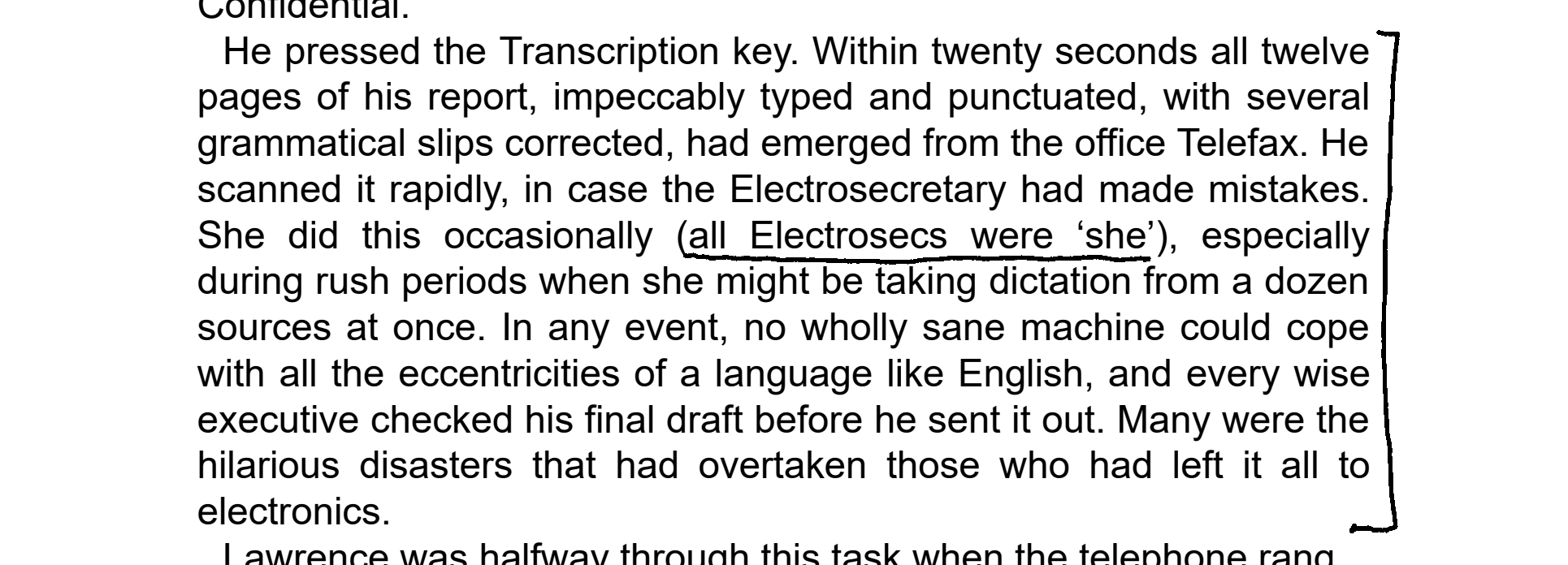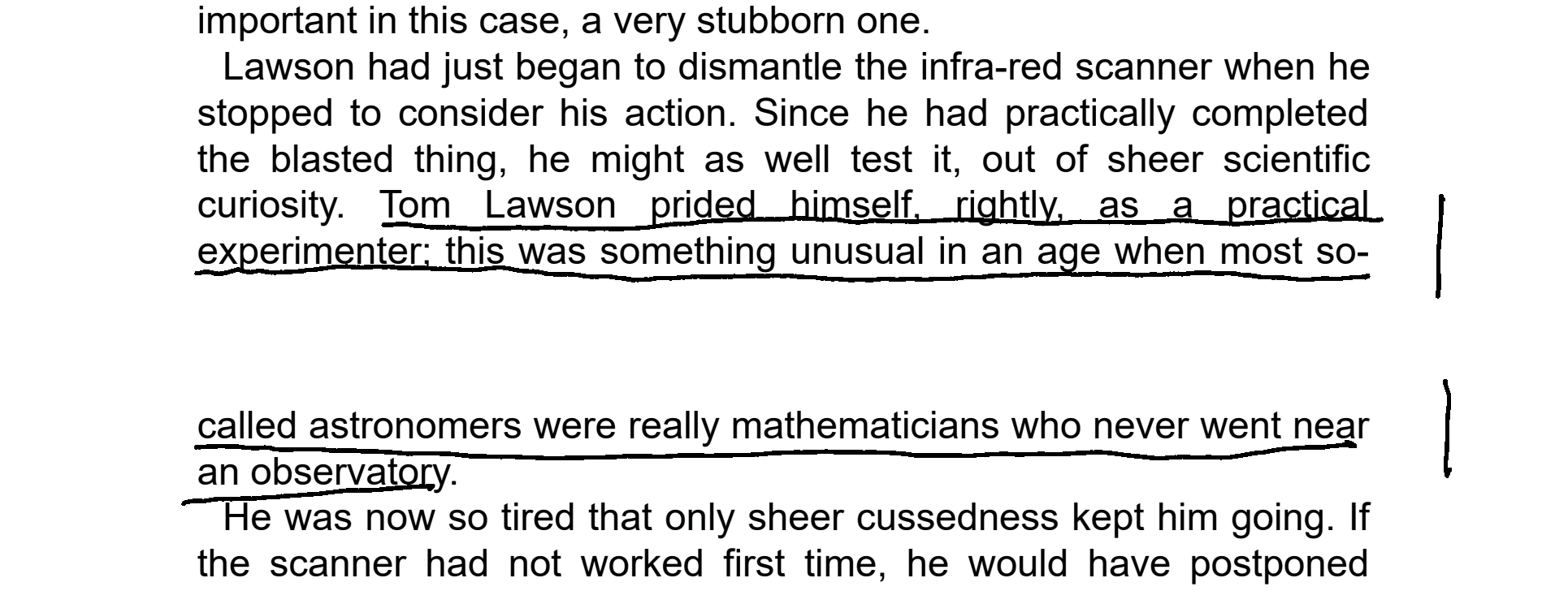After being on my literary to do list for decades, I decided to start reading Iain M. Banks’ Culture series. These books seem to me to be particularly relevant today, with everyone going on about all this nonsense about AI and what it means for the future of humanity but meanwhile, we don’t even have a clear concept of intelligence, let alone an idea how to actually replicate it artificially. Banks’ vision of what actual AI would be like from the ’80s is much more intelligent and coherent than the bullshit the so-called experts of today are cooking up.
Anybody interested in the ethical and moral dilemmas inherent in creating actual thinking machines should probably read these books.
“What does this thing actually look like? I mean you never see them by themselves, they’re always in something … a ship or whatever. And how did it – what did it use to warp with?” “Externally,” Jase said in its usual, calm, measured tones, “it is an ellipsoid. Fields up, it looks like a very small ship. It’s about ten meters long and two and a half in diameter. Internally it’s made up of millions of components, but the most important ones are the thinking and memory parts of the Mind proper; those are what make it so heavy because they’re so dense. It weighs nearly fifteen thousand tons. It is fitted with its own power, of course, and several field generators, any of which could be pressed into service as emergency motors, and indeed are designed with this in mind. Only the outer envelope is constantly in real space, the rest – all the thinking parts, anyway – stay in hyperspace.
— Iain M. Banks, Consider Phlebas (1987)


